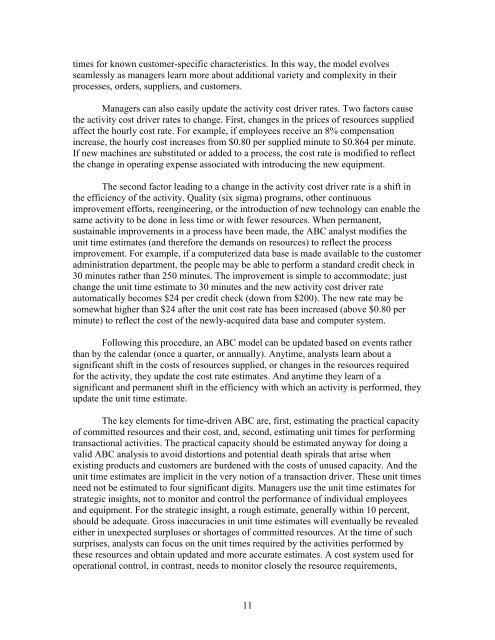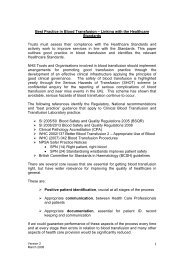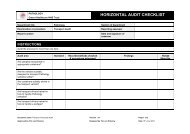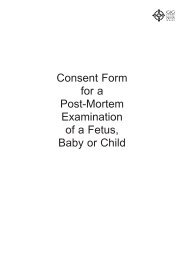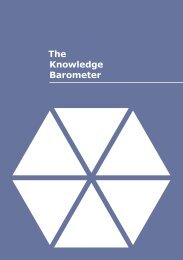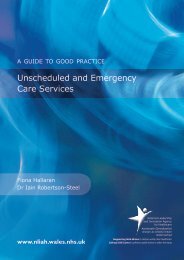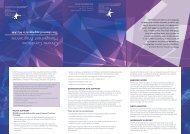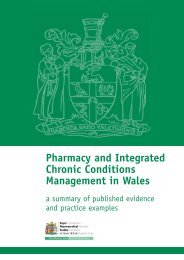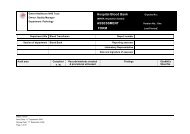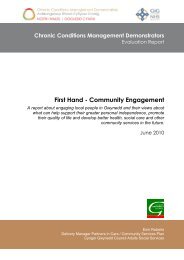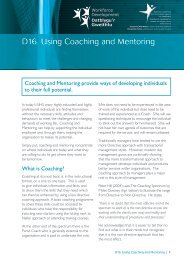Time-Driven Activity-Based Costing
Time-Driven Activity-Based Costing
Time-Driven Activity-Based Costing
You also want an ePaper? Increase the reach of your titles
YUMPU automatically turns print PDFs into web optimized ePapers that Google loves.
times for known customer-specific characteristics. In this way, the model evolvesseamlessly as managers learn more about additional variety and complexity in theirprocesses, orders, suppliers, and customers.Managers can also easily update the activity cost driver rates. Two factors causethe activity cost driver rates to change. First, changes in the prices of resources suppliedaffect the hourly cost rate. For example, if employees receive an 8% compensationincrease, the hourly cost increases from $0.80 per supplied minute to $0.864 per minute.If new machines are substituted or added to a process, the cost rate is modified to reflectthe change in operating expense associated with introducing the new equipment.The second factor leading to a change in the activity cost driver rate is a shift inthe efficiency of the activity. Quality (six sigma) programs, other continuousimprovement efforts, reengineering, or the introduction of new technology can enable thesame activity to be done in less time or with fewer resources. When permanent,sustainable improvements in a process have been made, the ABC analyst modifies theunit time estimates (and therefore the demands on resources) to reflect the processimprovement. For example, if a computerized data base is made available to the customeradministration department, the people may be able to perform a standard credit check in30 minutes rather than 250 minutes. The improvement is simple to accommodate; justchange the unit time estimate to 30 minutes and the new activity cost driver rateautomatically becomes $24 per credit check (down from $200). The new rate may besomewhat higher than $24 after the unit cost rate has been increased (above $0.80 perminute) to reflect the cost of the newly-acquired data base and computer system.Following this procedure, an ABC model can be updated based on events ratherthan by the calendar (once a quarter, or annually). Anytime, analysts learn about asignificant shift in the costs of resources supplied, or changes in the resources requiredfor the activity, they update the cost rate estimates. And anytime they learn of asignificant and permanent shift in the efficiency with which an activity is performed, theyupdate the unit time estimate.The key elements for time-driven ABC are, first, estimating the practical capacityof committed resources and their cost, and, second, estimating unit times for performingtransactional activities. The practical capacity should be estimated anyway for doing avalid ABC analysis to avoid distortions and potential death spirals that arise whenexisting products and customers are burdened with the costs of unused capacity. And theunit time estimates are implicit in the very notion of a transaction driver. These unit timesneed not be estimated to four significant digits. Managers use the unit time estimates forstrategic insights, not to monitor and control the performance of individual employeesand equipment. For the strategic insight, a rough estimate, generally within 10 percent,should be adequate. Gross inaccuracies in unit time estimates will eventually be revealedeither in unexpected surpluses or shortages of committed resources. At the time of suchsurprises, analysts can focus on the unit times required by the activities performed bythese resources and obtain updated and more accurate estimates. A cost system used foroperational control, in contrast, needs to monitor closely the resource requirements,11


